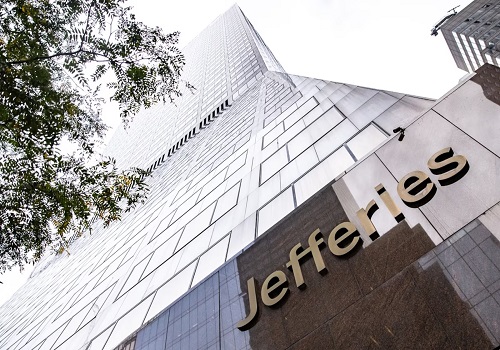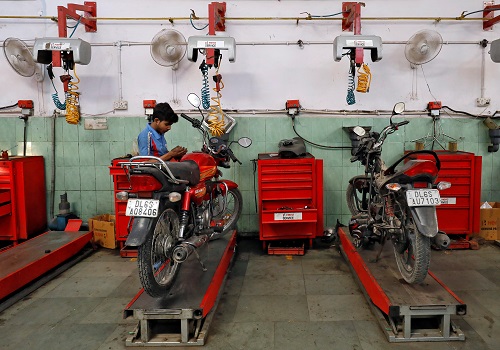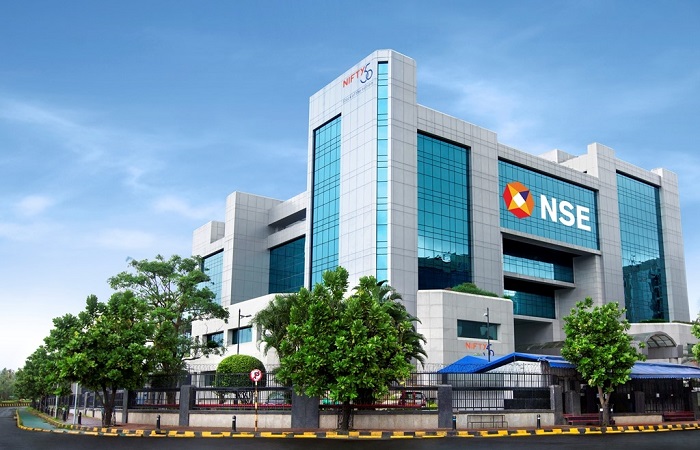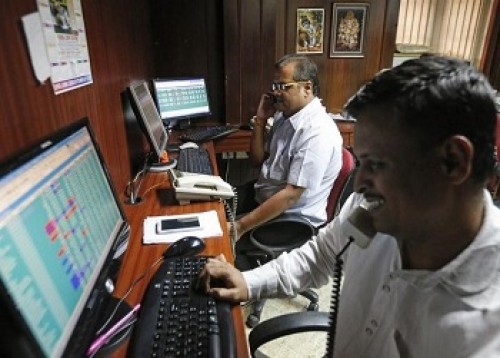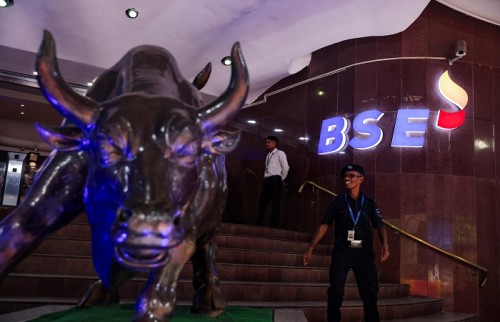Telecom Sector update :5G Telecom Congress: Key takeaways - JM Financial
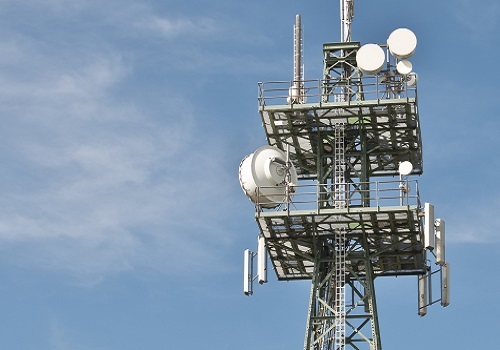
Follow us Now on Telegram ! Get daily 10 - 12 important updates on Business, Finance and Investment. Join our Telegram Channel
We attended the ET 5G Telecom Congress 2023 held recently in Delhi. At the event, Bharti Airtel’s CEO said 5G has supercomputing abilities but 5G monetisation hasn’t picked up globally because a killer use case that can ignite 5G demand has not yet been developed. 5G monetisation is likely to occur first in B2C, supplemented by Fixed Wireless Access (FWA); enterprise use cases, and use cases in 5G private network, healthcare, etc. will evolve gradually. FWA could be a killer use case as it can provide high speed fibre-equivalent internet to plug the huge gap in broadband penetration; however, its cost needs to come down sharply to boost affordability. Further, 5G has the potential to serve not only large enterprises (with use cases evolving around network slicing, edge computing, etc.) but also the MSME segment (for cloud- and 5G-related solutions); telcos argue against captive private 5G networks as they believe they can provide significantly better and affordable services. Availability of affordable 5G handsets is the key to mass 5G adoption with a sweet spot of INR10,000-15,000 for affordable 5G smartphones (vs. current 5G devices costing + INR 20,000); hence, telcos and smartphone brands need to work together to improve affordability. Industry estimates suggest 5G could benefit the Indian economy by USD 466bn by 2030 and help achieve the government’s objective of a USD 1trln digital economy out of India’s expected USD 5trln GDP. Bharti has advanced the roll-out of 5G in urban India to Sep’23 (ahead of the earlier timeline of Mar’24) and it plans to cover a large part of rural India by Mar’24. However, the company reiterated the need for higher tariff to improve industry viability (current industry RoCE being a low ~8%). Jio reiterated its target of a pan-India roll-out by Dec’23.
* 5G has supercomputing abilities; but monetisation is still limited as killer use cases still need to be developed: Bharti Airtel’s CEO termed 5G as a supercomputer (and not just faster 4G) as it provides: a) concurrency (10mn devices can be connected per square km in 5G vs. 40-50k in 4G); b) low latency; c) speed and capacity; hence mobile operators are no longer pipes but providing supercomputing to the people. However, globally, 5G monetisation hasn’t picked up, with 5G contributing to only single-digit growth in revenue for global telcos, as a killer use case that can ignite 5G demand hasn’t been developed so far. Though 5G uptake globally has been faster than 3G/4G with 1bn 5G connections globally in the last 3 years (India has achieved 20mn 5G connections already and is on track to hit 40mn 5G connections by end of CY23), limited killer use case has capped 5G monetisation so far (as just high speed is not a killer use case). 5G use cases can be broadly classified into: a) consumer-related use cases (consumption growth, remote education, cloud gaming, AR/VR, broadband etc); b) enterprise use-cases (like network slicing, edge computing, remote healthcare, improve efficiency in logistics, agriculture, improve efficiency and reduce cost); c) use cases getting unlocked to improve productivity, reduce cost, enhance safety, ease of living (like smart city, smart home, smart hospital, etc). Offloading of capacity from 4G to 5G is one use case deployed by telcos as cost of production per GB of data is lower in 5G vs. 4G. 5G monetisation is likely to take place first in B2C, supplemented by FWA; further, enterprise use cases, and use cases in 5G private network, healthcare, etc. will get developed gradually. A DoT-led inter-ministerial committee is working with all ministries to replicate the testing and piloting of 5G use cases to help improve productivity, ease of living, etc. Industry estimates suggest 5G could benefit the Indian economy by USD 466bn by 2030 and help achieve the government’s objective of a USD 1trln digital economy out of India’s expected USD 5trln GDP.
* FWA could be a killer use case; but cost needs to come down sharply to boost affordability: FWA could be a killer use case for 5G as it can provide high speed fibreequivalent internet to plug the huge gap in broadband penetration (only 70-80mn broadband connections vs. +1,100mn wireless subscribers) in areas where it is difficult to roll out fibre (rural and hilly areas), or in urban areas (where rolling out fibre will take time due to RoW delays), and also for enterprises. However, Bharti Airtel CTO and other industry experts said that the cost of FWA needs to come down sharply to help scale FWA, otherwise it could be a non-starter. Ericsson expects FWA cost to come down with increased penetration; it highlighted that more than 50% companies globally who launched 5G has also launched FWA. Reliance Jio has already announced its 5G FWA solution, Jio AirFiber, but its yet to start commercially offering its FWA service. FWA is expected to grow at very strong 90% CAGR over 2023-2025 to grow incredibly fast, said Head of Intelligence at GSMA.
To Read Complete Report & Disclaimer Click Here
Please refer disclaimer at https://www.jmfl.com/disclaimer
SEBI Registration Number is INM000010361
Above views are of the author and not of the website kindly read disclaimer
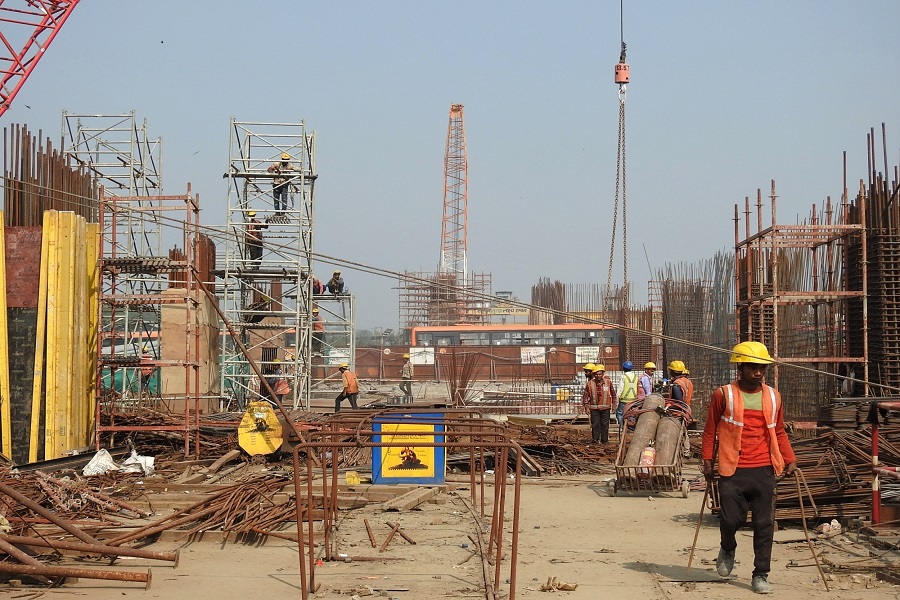
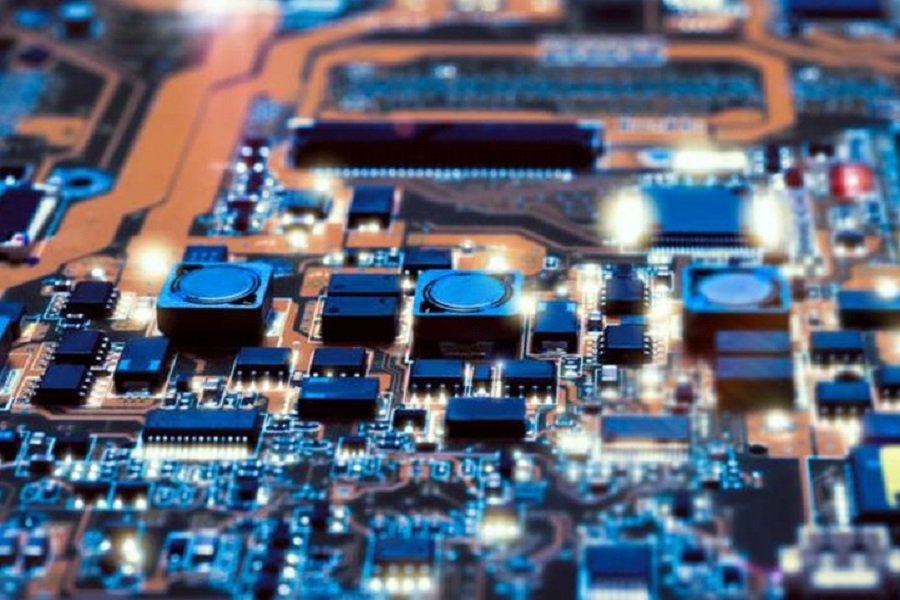

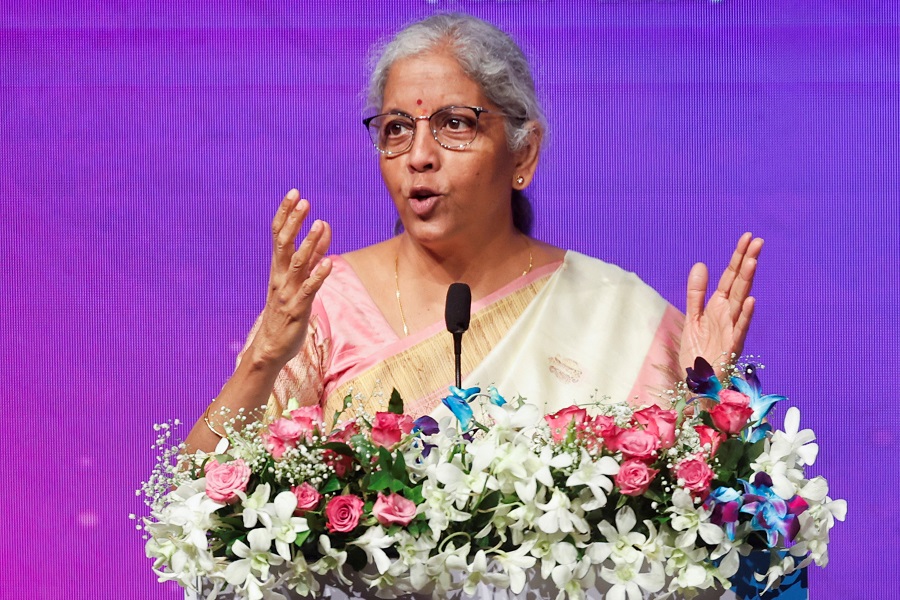






More News

Oil & Gas Sector Update - Energy price spike to benefit upstream and GAIL; OMCs’ valuation a...






